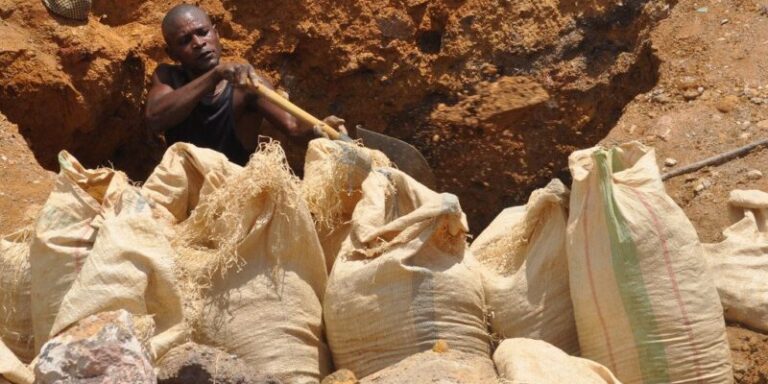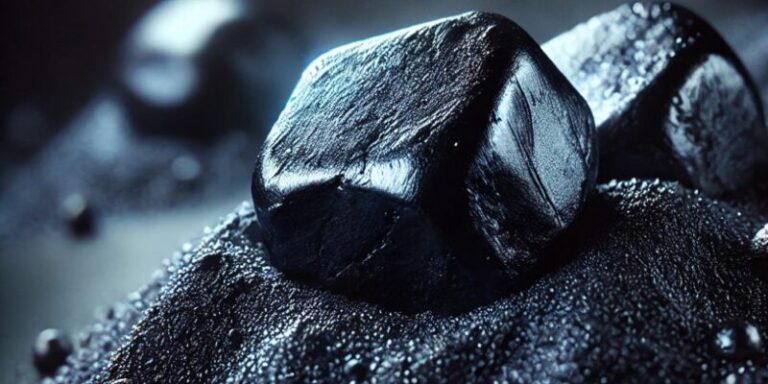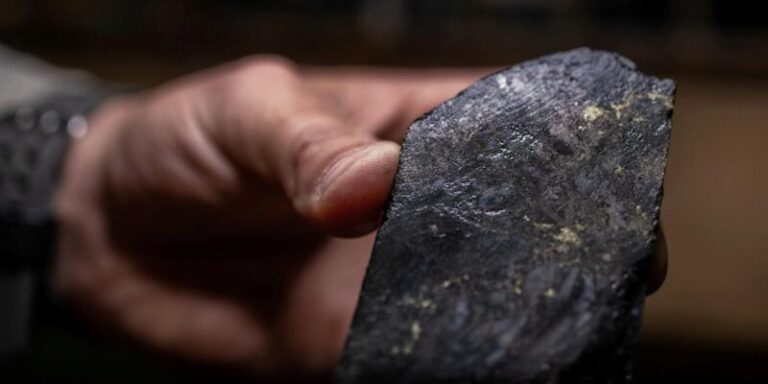
According to the latest report from the Cobalt Institute, the Democratic Republic of Congo (DRC) reinforced its position as the cornerstone of the global cobalt supply chain in 2024, accounting for over 70% of global mined output.
Remarkably, 85% of the country’s cobalt exports were handled by just three companies: CMOC, Glencore, and Eurasian Resources Group (ERG).
Production soared to new records, largely driven by CMOC’s output from its Tenke Fungurume (TFM) and Kisanfu (KFM) operations, which together yielded 114,000 tonnes—31% above previously projected capacity.
However, this production boom contributed to a structural oversupply in the market, pushing cobalt prices down by more than 22% during the year, dropping below USD 20,000 per tonne.
Battery Chemistry Trends: US Favors Performance, Europe Seeks Balance
The report also highlights ongoing dependence on cobalt in battery chemistries for electric vehicles.
In 2024, all top-selling EV models in Europe and the United States continued to rely on cobalt-based batteries, particularly high-nickel chemistries such as NCM (Nickel-Cobalt-Manganese) and NCMA (Nickel-Cobalt-Manganese-Aluminum).
The Tesla Model Y remained the top performer in both markets. While Europe leaned toward more balanced mid-nickel formulations, cobalt-free lithium iron phosphate (LFP) batteries remained in the minority.
Outside of Africa, Indonesia has emerged as a major producer, now matching the combined output of all other countries outside the DRC. However, the country still lags behind in ethical sourcing standards.
In contrast, the DRC is making significant progress on this front, with 82% of its refined cobalt supply now covered by responsible sourcing initiatives such as the Responsible Minerals Initiative (RMI) and the Copper Mark.
“Current price pressure reflects a temporary but structural oversupply,” analysts at Benchmark Mineral Intelligence noted.
“The DRC remains a vital player—especially as cobalt demand persists in high-performance battery applications until LFP chemistries can compete at the premium level.”
In short, despite industry efforts to reduce reliance on cobalt, performance demands in premium electric vehicles continue to support its use.
As long as that demand remains, the DRC is expected to retain its central role in the global cobalt supply chain—provided production, traceability, and sustainability continue to advance hand in hand.





